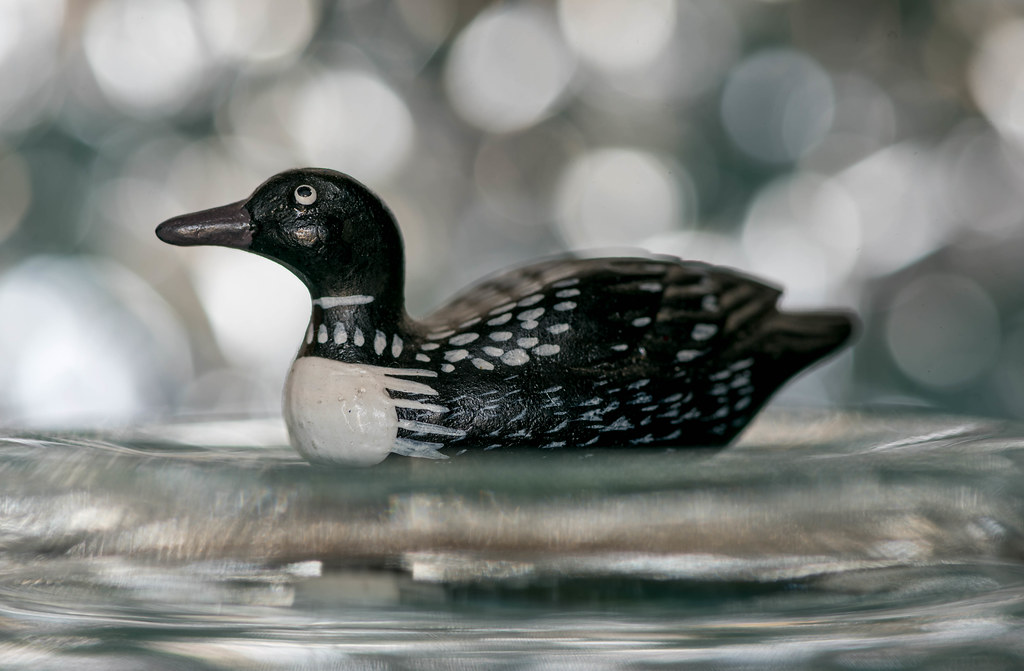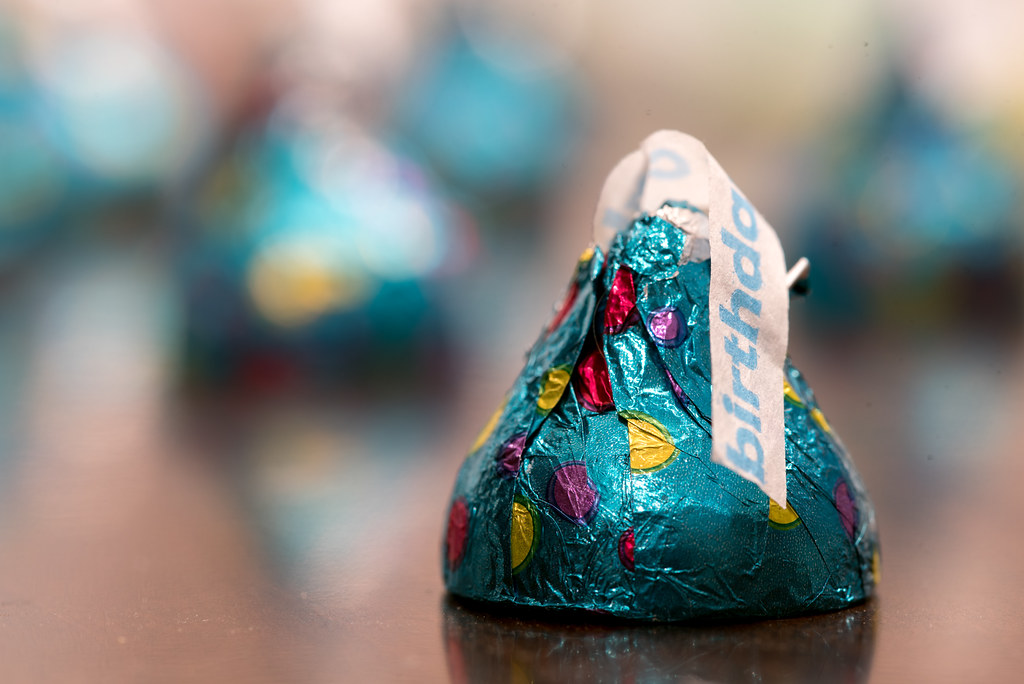
I don’t often do topical posts here on Weekly Fifty, mostly because I would rather just take photos and not worry about pairing them to specific times of the year but also because sometimes I just can’t think of any good pictures that go with certain occasions. Or if I do, I just don’t feel like forcing my photography to bend to temporal constraints. However, this year I wanted to do just that and I had a specific idea in mind, if not a specific image. And it’s all thanks to (what else?) my Macro lens. My goodness I sure am having fun with this :)
Before we put up our Christmas tree I had a picture like this in mind–that of an ornament hanging from a branch with some lights in the background–and while I can’t say I had this exact image in my head as my wife and I were stringing lights and hanging ornaments with my kids and my parents (who had the good fortune of being able to visit us over Thanksgiving this year) I certainly did have photography on my mind. Of course my dad and I shot dozens (hundreds?) of images of all of us doing the decorating, but the whole time I just kept on thinking about getting up close with my macro lens and composing a shot like this. A few days later after my parents had gone and the dust had settled, I set out to get the photo you see here.
I didn’t want this to be just any ornament. I wanted a picture with a bit of history, meaning, and significance behind it, which is something I am learning at which this Macro lens excels. I still have a box of Christmas ornaments from when I was a kid, so my wife and I looked around a bit until we found this one that would work well as a close-up picture but also had a name and date attached to it. The underside of this little scene has “Simon 1988” written on it, and while I don’t recall the exact circumstances under which I came into possession of this plastic bear, tree, and unicorn atop a small drum, I’m guessing it was from my grandparents who were fond of giving us grandkids an ornament each year. (Mom, if you’re reading this…do you remember the story behind the ornament?) I like how the scene shows signs of wear: scratches and marks on the bear’s face, yellowed glue around where the figures are attached to the drum, and some discoloring on the horse as well. I suppose that’s what happens when you keep around a Christmas ornament for over 30 years :)
A bit about the image itself: My initial instinct was to shoot wide open because more bokeh = better photo, right? Well, not exactly. Wide open at f/3.5 resulted in the blurry mess you can see below.

While the bear looks kind of interesting, the composition as a whole is far less compelling than the one at the top of this post. I realized that by stopping down to f/13 I could get a much more interesting image: red highlights on the tree behind the rocking horse, better definition on the bear, a more interesting background, and my favorite, starburst lines coming out of the red light.
And with that, I’m closing out 2021 with a wish and a prayer for health, happiness, and blessings for all of you. What a year it has been, and I hope 2022 brings much-needed long-term respite from the pandemic. I hope you all, dear readers, got your COVID vaccine and your loved ones are safe and healthy, and may God pour out His blessings on you now and throughout the new year. Thanks for being part of Weekly Fifty and here’s to a bright and beautiful 2022 just around the corner.



